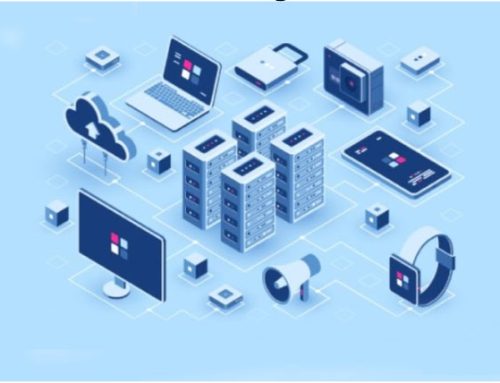
Data Governance and Security in Databricks: How to Build a Trusted Data Environment
In the modern data-driven enterprise, Databricks stands as a cornerstone, enabling seamless collaboration, powerful analytics, and machine learning capabilities that propel organizations to new heights. However, this centralization of valuable and sensitive data also amplifies the risks associated with unauthorized access, breaches, and misuse. Robust data governance and security protocols are no longer optional; they’re mission-critical.
Below, we explore the crucial elements required to build a trusted data environment within Databricks. By proactively addressing these considerations, you can harness Databricks transformative power while ensuring the confidentiality, integrity, and availability of your data assets.
The Pillars of Databricks Data Governance
-
Unity Catalog: Centralized Access Control
Fine-Grained Permissions: Implement a robust permissions system that controls data access at the table, column, and even row levels. This ensures sensitive information is shielded from unauthorized eyes while facilitating collaboration on authorized datasets.
Attribute-Based Access Control (ABAC): Move beyond traditional role-based access control by considering dynamic user attributes like job role, department, or project involvement. This allows you to create flexible and adaptive policies that mirror your organization’s structure and data sensitivity levels.
2. Data Lineage and Auditing
End-to-End Visibility: Track your data’s complete lifecycle, from ingestion to transformation to consumption. This enables you to understand how data is being used, identify potential bottlenecks, and ensure compliance with data regulations.
Robust Audit Trails: Maintain a comprehensive log of all data access, modifications, and actions. This allows for quick identification of any unauthorized activity or data breaches, enabling rapid response and remediation.
3. Data Discovery and Classification
Metadata Management: Establish a comprehensive metadata repository describing your data assets, lineage, and sensitivity levels. This will facilitate data discovery and ensure appropriate access controls are applied.
Data Classification: Implement a data classification scheme to categorize data based on its sensitivity and value. This will guide the implementation of appropriate security controls and help protect your most valuable assets.
Technical Considerations for Data Security in Databricks
Secure Cluster Configurations
Clusters, the computational heart of Databricks, demand meticulous security hardening. Restrict network access by configuring security groups and network ACLs, allowing only essential traffic from trusted sources. Enforce robust authentication, going beyond simple passwords with multi-factor authentication (MFA) and single sign-on (SSO) integrations.
For example, a healthcare organization processing patient data would mandate MFA for all Databricks users, preventing unauthorized access even if credentials are compromised. Regular patching of the underlying operating systems and Databricks runtime environments is equally critical. This ensures that known vulnerabilities are promptly addressed, reducing the risk of exploitation by malicious actors.
Notebook Security
Databricks notebooks, interactive canvases for data analysis, and machine learning require their own security measures. Employ notebook permissions to control who can view, edit, and execute specific notebooks.
For instance, a financial institution might restrict access to notebooks containing sensitive customer data to only the data science team leads. Implementing version control for notebooks allows you to track changes and easily revert to previous versions if necessary. This safeguards against accidental or malicious modifications, ensuring data integrity and traceability.
Data Encryption
Data encryption is the cornerstone of data security, safeguarding sensitive information from unauthorized access. Databricks offers both server-side and client-side encryption options. Server-side encryption protects data at rest within Databricks’ storage, while client-side encryption adds an extra layer of protection before data is even transmitted to the cloud.
For organizations with stringent security requirements, such as government agencies, “Bring Your Own Key” (BYOK) encryption offers unparalleled control over encryption keys, ensuring that only authorized entities within the organization can decrypt and access sensitive data.
The ASB Resources Advantage
Establishing a robust data governance framework and ensuring data security within Databricks requires expertise in various domains. ASB Resources can help you navigate these complexities and build a trusted data environment. Our services include:
- Data Governance Assessment and Strategy: We’ll evaluate your current data practices and develop a customized governance framework that aligns with your business goals and regulatory requirements.
- Security Architecture Design: We’ll work with you to design a secure Databricks environment that protects your data from internal and external threats.
- Talent Acquisition: We’ll identify and recruit top-tier data engineers, data scientists, and security professionals who can implement and manage your data governance and security initiatives.
Are you confident that your Databricks environment is secure and compliant?
Let the experts at ASB Resources assess your current setup and help you implement a robust data governance and security framework. Schedule a call with one of our experts today!








